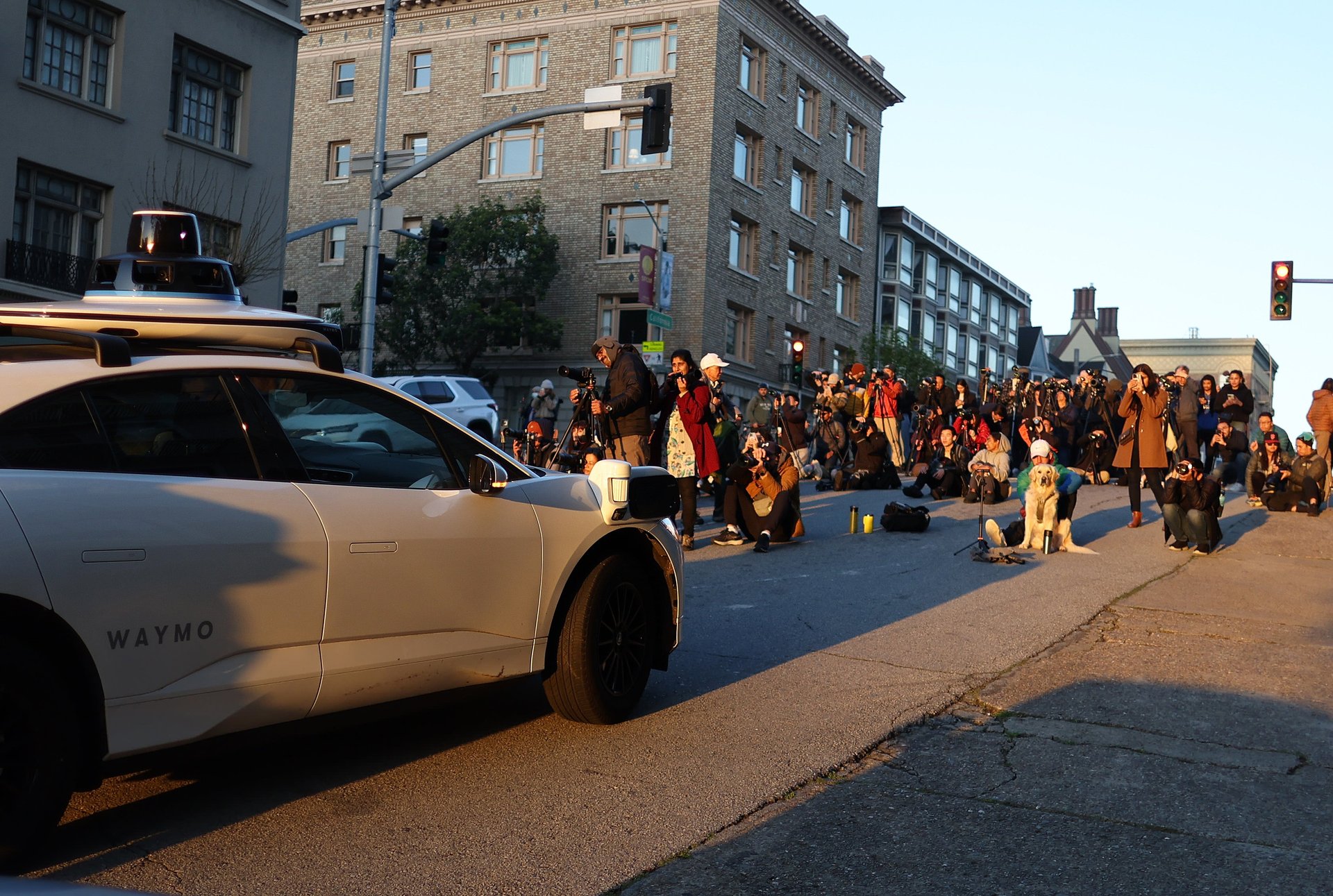Self-driving cars are only safer than human drivers when everything is pretty much perfect
Using ADAS while turning or in low light conditions — such as dawn or dusk — actually increased crashes

Self-driving cars are pretty good at driving in a straight line in bright sunny conditions — better than a human, in fact — according to researchers at the University of Florida. However, that appears to be where the benefits of an autonomous vehicle ends, according to a new report.
Suggested Reading
While humans aren’t great at driving (researchers found generally that vehicles equipped with Advanced Driving Assistance Systems are less likely to crash than pure human driving) ADAS still has a long way to go. Here’s how university researchers came up with their data, from the science journal Nature:
Related Content
We investigated the difference in accident occurrence between Autonomous Vehicles’ levels and Human-Driven Vehicles by utilizing 2100 Advanced Driving Systems and Advanced Driver Assistance Systems and 35,113 Human-Driven Vehicles accident data. A matched case-control design was conducted to investigate the differential characteristics involving Autonomous’ versus Human-Driven Vehicles’ accidents. The analysis suggests that accidents of vehicles equipped with Advanced Driving Systems generally have a lower chance of occurring than Human-Driven Vehicles in most of the similar accident scenarios. However, accidents involving Advanced Driving Systems occur more frequently than Human-Driven Vehicle accidents under dawn/dusk or turning conditions, which is 5.25 and 1.98 times higher, respectively.
While generally safer, so-called self-driving cars are five times more likely to crash in low light conditions and twice as likely to crash while turning compared with human drivers. Rain also doesn’t help autonomous vehicles navigate their way around the world: a downpour makes autonomous vehicles twice as likely to crash over humans, though they scored slightly better than people in other weather events.
This mixed bag of information, while valuable, is nothing new. Over the last decade companies have spent billions developing self-driving technology that can barely turn left, let alone handle the chaotic nature of U.S. roads in a safe and predictable manner. We still aren’t much closer to a self-driving world, if we’ll ever see it.
This research comes out the same week a Tesla in Full Self-Driving Beta mode crashed into a stopped police cruiser. On top of that, Waymo also recalled 672 of its robotaxis in Phoenix, Arizona due to a crash involving a stationary wooden utility pole.
Anyway, I wouldn’t spurn your driver’s license and car registration fees just yet. Give it another decade and we might just have robotaxis that can drive safely at dusk.